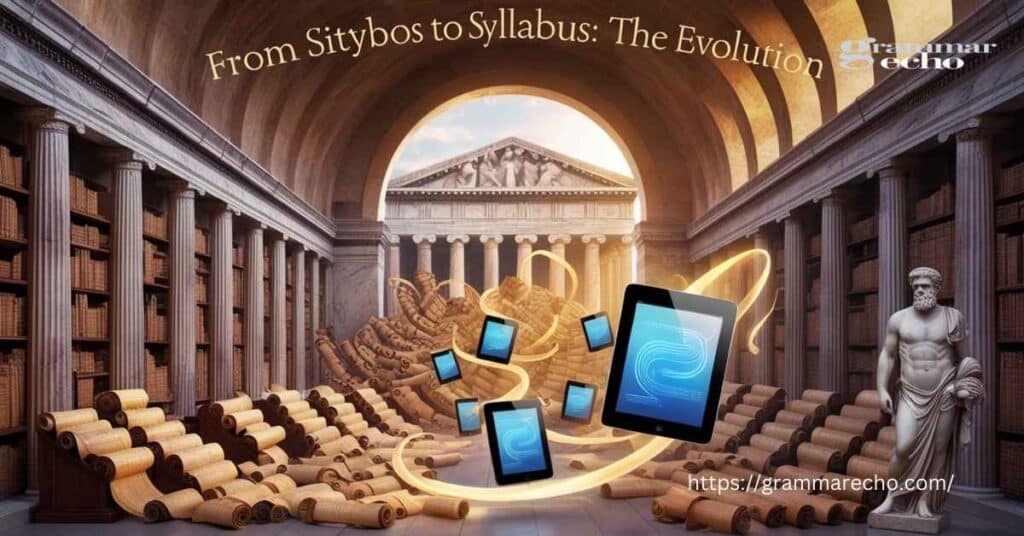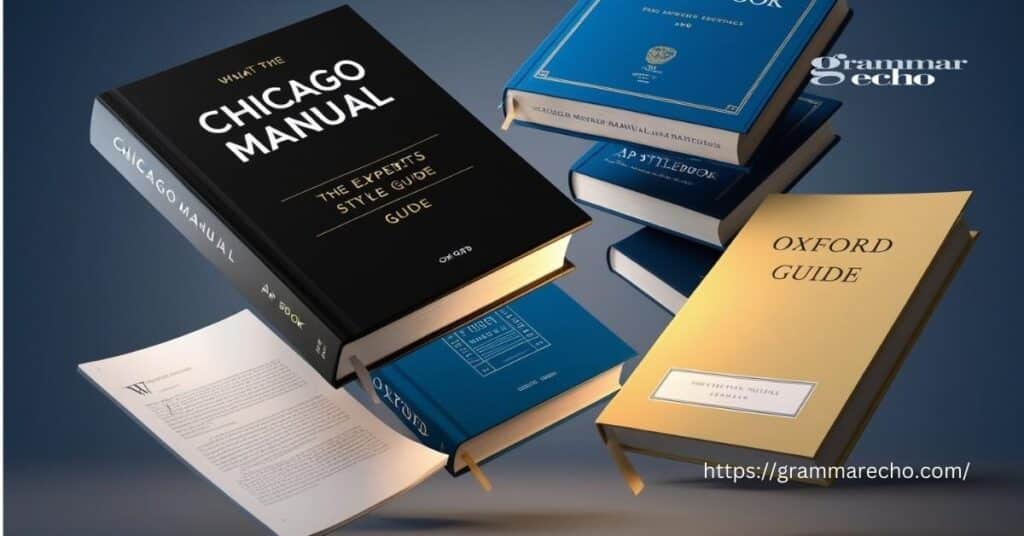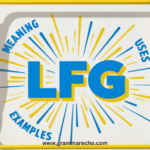Understanding the plural of syllabus is essential for anyone involved in academia, whether you’re a student, educator, or administrator. Many people frequently confuse the terms syllabuses and syllabi, which can lead to misunderstandings in academic writing and communication. This article will clarify these common confusions, offering practical examples and insights into their proper usage.
By the end of this exploration, you’ll not only know which form to use but also appreciate the importance of a well structured syllabus. With effective writing tips and an understanding of syllabus types, you’ll be better equipped to navigate academic expectations and enhance your communication skills.
The Etymology and Evolution of “Syllabus”

Before diving into the plural forms, let’s understand where this word comes from. The term “syllabus” emerged from a peculiar misreading of Greek texts. Originally, it stemmed from the Latin word “sillybos,” derived from the Greek “sittybos,” referring to a label or table of contents.
The Historical Journey
In the academic world, a syllabus serves as more than just a course outline. It’s evolved into a comprehensive document containing:
- Learning objectives and course goals
- Required readings and textbooks
- Course schedule with lecture calendars
- Grading policies and evaluation criteria
- Attendance and participation requirements
- Academic integrity statements
- Professor contact information
The Great Plural Debate: Syllabuses vs. Syllabi

The Case for “Syllabuses”
“Syllabuses” follows standard English pluralization rules, adding es to words ending in us. This anglicized version represents the more straightforward approach to pluralization. Many modern style guides and educators prefer this form because it:
- Follows regular English patterns
- Feels more natural to English speakers
- Aligns with contemporary usage trends
- Simplifies academic communication
The Appeal of “Syllabi”
“Syllabi” emerges from the tradition of using Latin plural forms in academic language. While technically not the correct Latin plural (more on that later), it’s gained widespread acceptance through:
- Academic tradition
- Perceived sophistication
- Historical usage patterns
- Professional preference
This is also on our list of: What Are the Plurals of ‘Ox’ and ‘Fox’?
Modern Usage and Style Guides

Here’s how major style guides and institutions approach the plural form:
| Style Guide | Preferred Form | Alternative | Notes |
| Chicago Manual | Syllabuses | Syllabi | Both accepted |
| AP Style | Syllabuses | – | Emphasizes English forms |
| Oxford | Syllabuses | Syllabi | Lists both as correct |
| Merriam-Webster | Both forms | – | Equal treatment |
Real World Applications
In Educational Settings
When creating multiple syllabuses or reviewing course descriptions, consistency matters. Consider these examples:
✓ “The department requires all syllabuses to follow the new template.” ✓ “Faculty members submitted their syllabi for review last week.”
Both sentences are correct, though they employ different plural forms.
Digital Age Considerations
Modern university templates and learning management systems often use both forms interchangeably. When developing educational outlines, consider your audience and institutional preferences.
Grammar Deep Dive

Pattern Recognition
Understanding pluralization patterns helps with similar cases:
- Cactus → Cacti/Cactuses
- Octopus → Octopi/Octopuses
- Radius → Radii/Radiuses
Must Read: What’s the Plural of Software? Is it Software or Softwares?
The “Syllaboi” Misconception
Some mistakenly suggest “syllaboi” as the proper Greek plural. This is incorrect and stems from misunderstanding ancient Greek pluralization rules.
Practical Guidelines for Usage

When Writing Course Materials
Consider these scenarios when preparing academic outlines:
- Formal Academic Writing
- Choose one form and maintain consistency
- Follow institutional preferences
- Consider your audience’s familiarity
- Digital Communication
- Use the more accessible “syllabuses”
- Ensure clarity in online platforms
- Maintain professional tone
Sample Syllabus Components
Learning Objectives Section
Course Goals:
– Understand key concepts
– Develop critical thinking
– Master practical applications
Assessment Structure
Grading Components:
– Midterm Examination: 30%
– Final Project: 40%
– Class Participation: 15%
– Assignments: 15%
Best Practices for Educational Professionals

Creating Course Documentation
When developing course outlines and study materials, consider:
- Clarity of Communication
- Use consistent terminology
- Explain complex concepts
- Provide clear examples
- Professional Standards
- Follow departmental guidelines
- Maintain academic integrity
- Include all required components
- Student Accessibility
- Use clear language
- Provide digital access
- Include support resources
Don’t Miss It: What’s the Plural of Iris? Explanation with Examples
The Impact of Digital Learning
Evolution of Course Materials
Modern educational platforms have influenced how we create and share syllabuses:
- Digital distribution methods
- Interactive course components
- Integrated learning systems
- Real time updates capability
Technology Integration
Contemporary syllabus designs often incorporate:
- Interactive elements
- Multimedia resources
- Digital assessment tools
- Online collaboration spaces
Professional Communication Tips
Effective Syllabus Creation
When preparing course materials:
- Structure Content Clearly
- Organize information logically
- Use consistent formatting
- Include all essential elements
- Maintain Professional Standards
- Follow institutional guidelines
- Include required policies
- Update regularly
- Support Student Success
- Clear expectations
- Accessible resources
- Support information
Future Trends and Considerations
Evolving Educational Practices
The future of syllabus design includes:
- Adaptive learning integration
- Personalized learning paths
- Interactive assessment tools
- Real time feedback systems
Technology Impact
Digital transformation continues to influence:
- Content delivery methods
- Assessment strategies
- Communication approaches
- Resource accessibility
FAQs
What is the difference between syllabuses and syllabi?
Syllabuses is the anglicized plural form, while syllabi follows the Latin pluralization rule.
Can I use both forms interchangeably in academic writing?
Yes, both forms are acceptable, but it’s best to choose one and remain consistent throughout your writing.
Are there other common nouns with similar plural forms?
Yes, many Latin-derived words, such as cactus (cacti) and focus (foci), follow similar pluralization patterns.
Wrap UP
The debate over the plural of syllabus isn’t just about choosing between “syllabuses” or “syllabi” it’s about understanding how language evolves. Both forms are correct, with “syllabuses” representing modern English conventions and “syllabi” maintaining academic tradition.
Choose the version that best fits your context and audience, but stay consistent throughout your documents. Remember, effective communication matters more than strict adherence to any single form. As education continues to evolve in our digital age, perhaps we’ll see new variations emerge, but for now, either choice serves its purpose well.

Cora Lee is a dedicated grammarian and seasoned blogger at GrammarEcho.com, where she unravels the complexities of plural forms in English. With her engaging writing style, she helps readers master tricky plurals like “criteria,” “phenomena,” and “cacti.” Her passion for language clarity shines through her articles.








